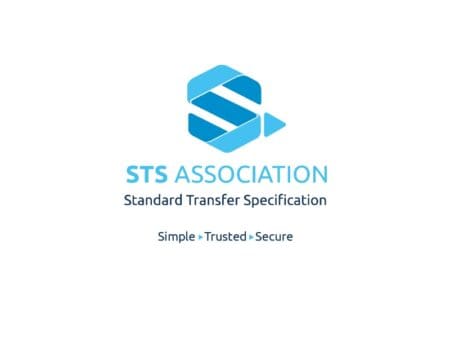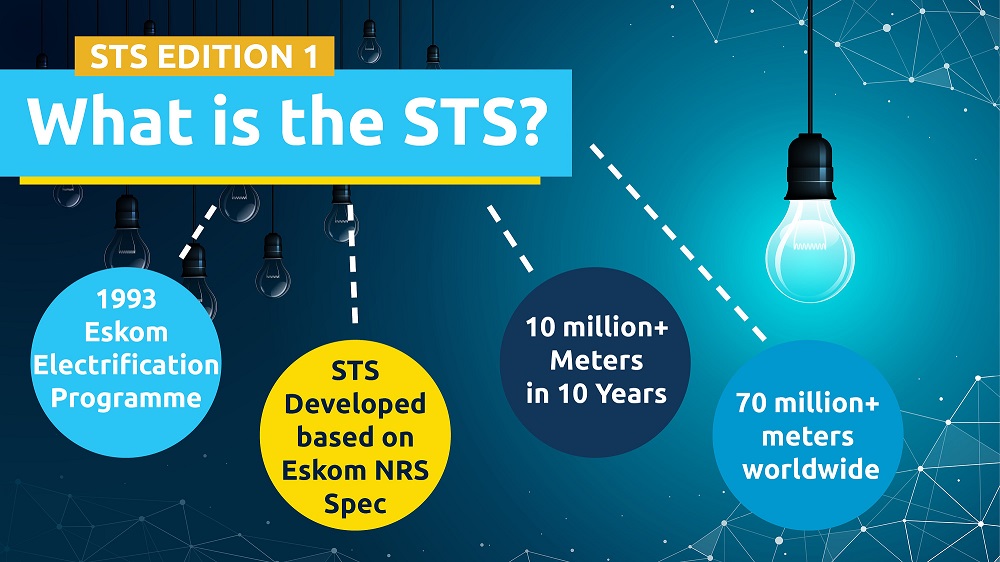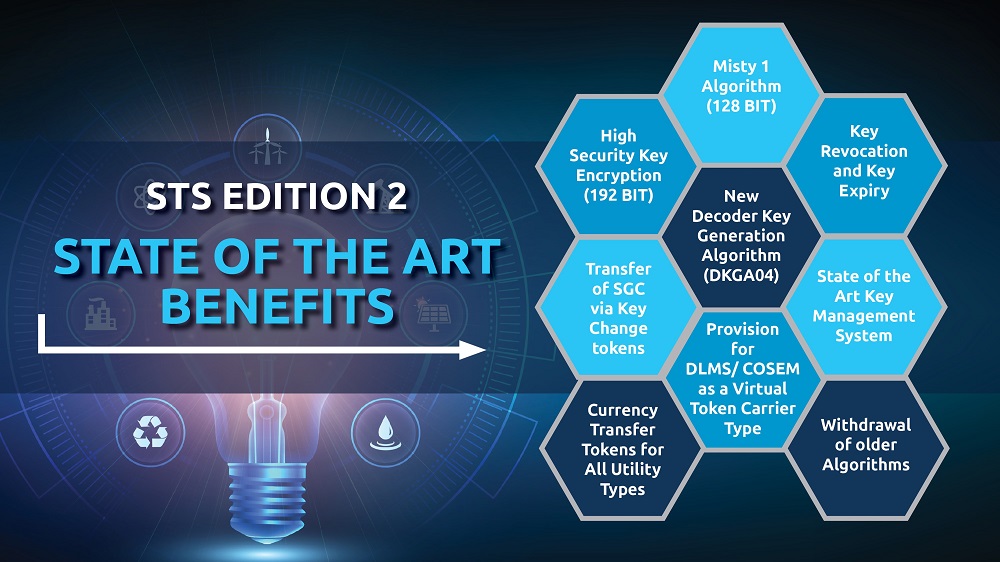
The origin of the Standard Transfer Specification (STS) began in South Africa during the early 1990s. The South African power utility Eskom had an electrification programme that was to supply power to 10 million households over a 10-year period.
Most of these households were in the outlying rural areas, which meant the usual method of revenue collection using post payment was going to be a huge challenge. It was decided to instead use the prepayment meter as the technology of choice to deliver this service.

Meters were manufactured and deployed into the field, but very soon after there were several problems discovered. None of these systems could talk to each other, and they all had varying levels of cryptographic security and functionality.
The solution was to have a system that allowed interoperability between these systems, whilst sharing the same level of state-of-the-art security. This is where the STS, or ‘Standard Transfer Specification’ was born.
It was developed based on an Eskom NRS specification, and essentially it defines the secure transfer of credit into a prepayment meter. One of the requirements for this was to encode every token created with a unique ‘Token Identifier’ or TID, which is then stored in the meter to prevent token replay – 1 Token, 1 Meter, Only once!
The STS system was so successful that it has now become the only globally accepted open standard for prepayment systems, with over 70 million STS certified meters in over 100 countries.

With the latest version of the specification, STS Edition 2, the doors are now opened to an exciting world of ‘Smart STS Systems’ with two-way communication and powerful smart meter functionality, all whilst retaining the proven STS standards.
Watch the video on STS Edition 2 here
STS, the only globally accepted open standard for prepayment systems.
Simple, Trusted & Secure.








